Retaining Walls Near Me
Improve your home’s curb appeal with retaining walls. These walls are typically made from reinforced concrete but can also be made from other materials.
Retainer walls can be painted or stained to match your home’s exterior and can provide both aesthetic and functional benefits. Wall retainers can help keep your yard clean and tidy and keep your property in line with local zoning regulations.
What Is Retaining Walls?
Retaining walls are a popular construction technique to create a boundary between two or more areas. They are typically made out of sturdy materials like concrete, steel, or stone and are designed to prevent erosion and debris from flowing between the areas.
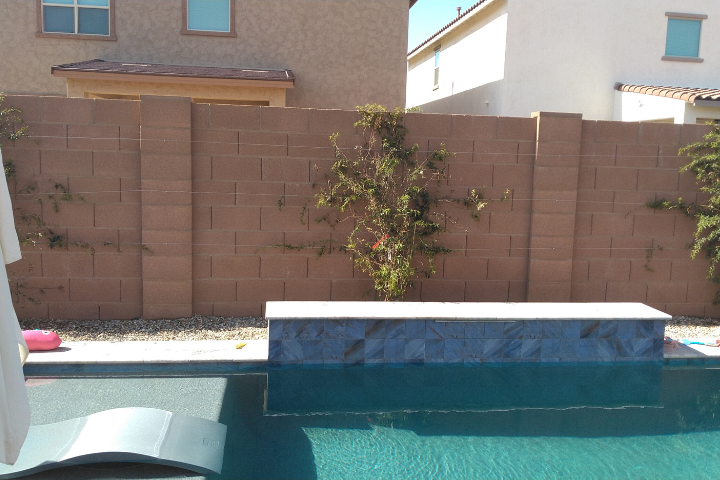

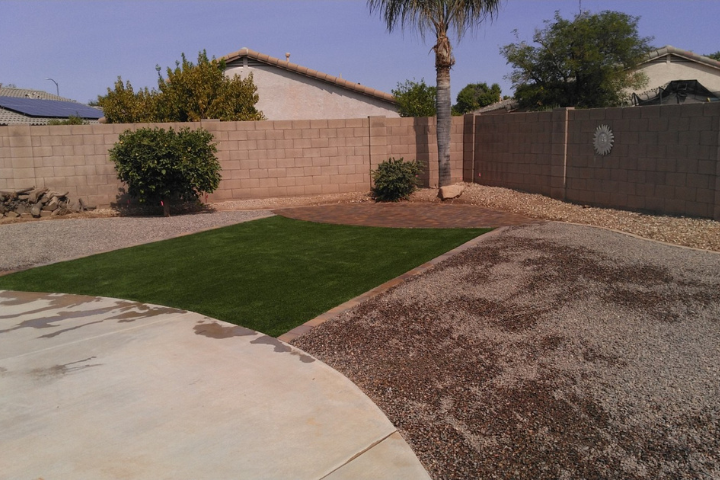
What are the benefits of retaining walls?
Retaining walls are a popular landscaping solution because they provide many benefits. They can help stabilize soil, improve water retention and reduce erosion, create privacy and add interest to a property.
1. They can help stabilize the soil. A retaining wall can keep soil in place and minimize erosion.
2. They can improve water retention. Retaining walls can help hold onto rainwater and prevent it from running off the property.
3. They can reduce noise and dust emissions from construction activities. As a result, retaining walls can improve air quality in the area.
4. They create privacy for homeowners or renters who have an adjacent property with a view.

Who builds retaining walls?
Some companies specialize in creating retaining walls specifically for agricultural purposes. Others focus on building them for homes and businesses. Regardless of the company, one must possess the skills to complete a project successfully.
To ensure that the wall is built correctly and withstands weather conditions, it is essential to have a qualified professional on board from the beginning of the project. Many different types of materials can be used for retaining walls, so selecting one that will best suit your needs is essential.
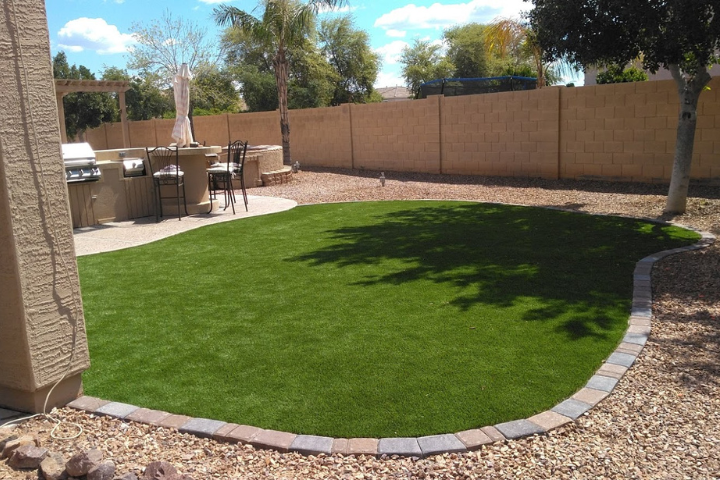
Types of Retaining Walls
Gravity Walls
A gravity wall uses the force of gravity to hold back soil and debris. Gravity walls are most commonly used in areas where the slope is too steep for traditional walls to be constructed.
The gravity wall uses weights attached at strategic points along the wall's length.
When heavy objects (such as soil or rocks) are placed on top of the weights, it causes them to slowly slide down the wall until they reach the bottom, where the system's collection netting captures them.
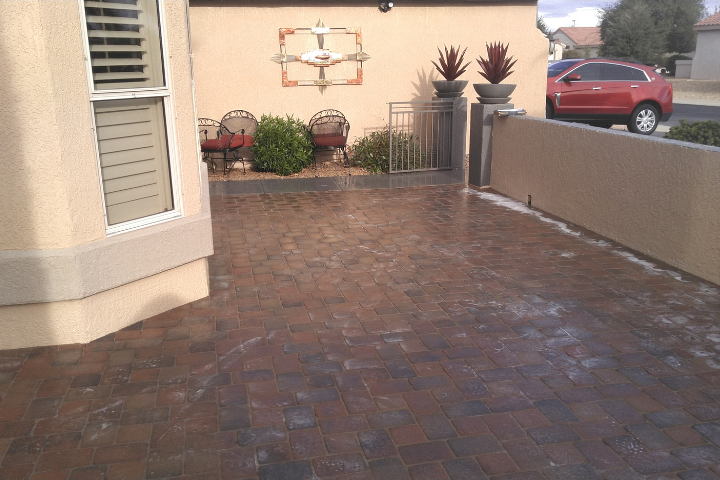
Reinforced Retaining Wall
A reinforced retaining wall is a sturdy and effective way to keep your property in place. They are commonly used on hillsides, swimming pools, and other high-impact areas.
Reinforced retaining walls are typically constructed of concrete or masonry. The wall will be reinforced at key points with steel bars and wires. This will help to increase its strength and prevent it from becoming damaged by wind or water erosion.
Steel wire mesh is the most common reinforcement used in retaining walls. This is because it is both strong and lightweight, making it an ideal choice for a wall that will be subject to extreme weather conditions.
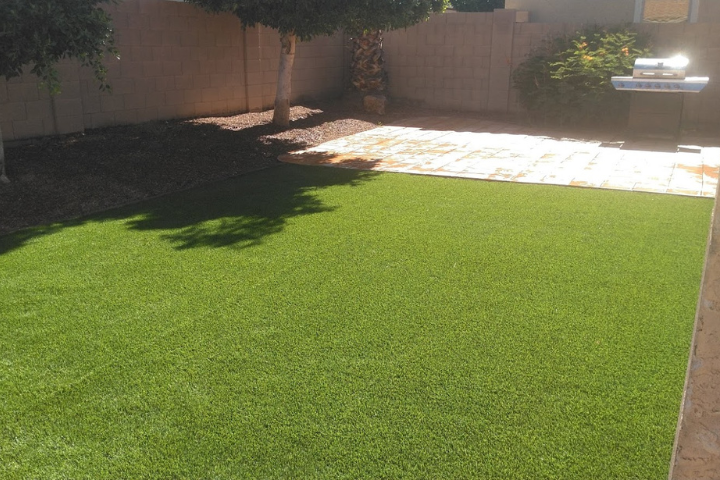
Crib Retaining Wall
A retaining wall is a necessary part of any landscape design. It can be used to keep the ground around a garden or pool clean and tidy and to prevent soil erosion.
A properly designed retaining wall will look attractive and add value to your property. The height of the wall should be proportional to the size and type of structure it is intended to support.
A shorter wall may be appropriate if you are building a small retaining wall to stop soil from spilling over a boundary.
Taller walls may be necessary if you build a large rock retaining wall to hold back water in an embankment area.
How Much Do Retaining Walls Cost?
Regarding retaining walls, the cost can vary greatly depending on what you need and how much work is required. A simple wall just a few feet tall can cost as little as $4000, while a more complex structure might cost up to $10000.

